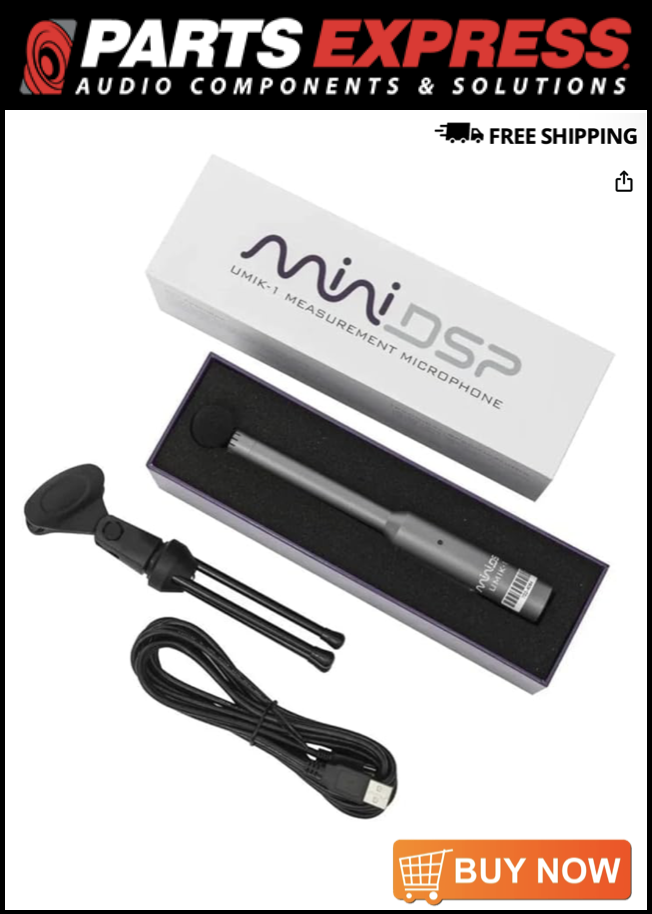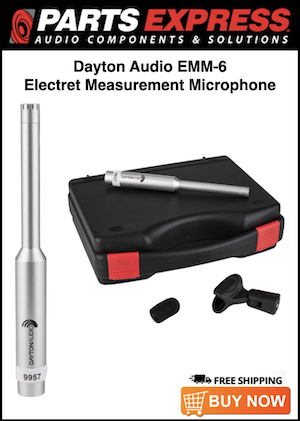I have compared UMIKs plus their individual Cal File here against a Bruel & Kjaer 2250 internal Mic. They were remarkably close. A blurred memory but on another forum some time ago some of us managed to sort of remotely compare these versus another product plus Cal File. The UMIK +Cal File seemed to have way better FR flatness. I think the spark thing may be just absolute Level Cal. Speaking of which, both UMIKs were 1.8dB off absolute 94dB, when measured with a B&K Calibrator.
The iPhone apps are great for Noise Work. It is not exactly cool to wander around a nightclub in full swing with a megabuck SLM, or a neighbourhood. Using a PMik ups the game, particularly if the app allows Calibration against a known source.
There is a German company who are selling what appears to be an intermediate grade of mic, much cheaper than the DPA, Earthworks, etc. http://www.isemcon.net/ashop/
DD
The iPhone apps are great for Noise Work. It is not exactly cool to wander around a nightclub in full swing with a megabuck SLM, or a neighbourhood. Using a PMik ups the game, particularly if the app allows Calibration against a known source.
There is a German company who are selling what appears to be an intermediate grade of mic, much cheaper than the DPA, Earthworks, etc. http://www.isemcon.net/ashop/
DD
Last edited:










